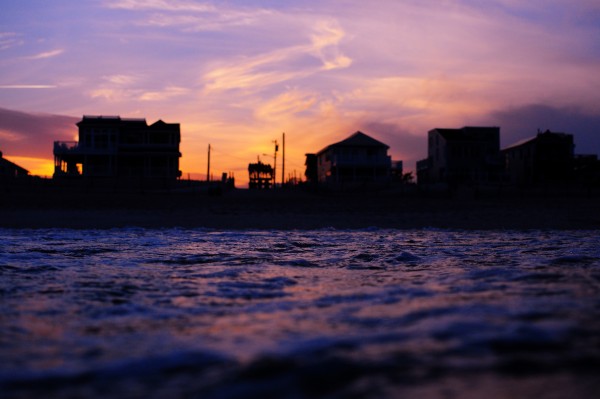For most of my life, I labored under an illusion about Montauk and the East End of Long Island: that the water which surrounds us is safe and clean. This changed one day when, about two and a half years ago, after running some errands in town, I spontaneously popped into the offices of Concerned Citizens of Montauk, a local environmental organization, where I had a conversation with its executive director. Montauk had changed quite a bit since I was a kid, sometimes in ways that concerned me, and I’d wanted to know how I could help.
I was very surprised and deeply unsettled to learn that our precious bodies of water — the ocean, our lakes and ponds, the water beneath the ground – are quite contaminated, that the ocean at Ditch Plains where I surf is unsafe for 48 hours after any significant rainfall, and that the water in much of Lake Montauk where I learned to waterski is toxic every day of the year. Perhaps because it was all too much to take in, and ran so counter to what I had always believed about the condition of our waters, I left the office in a state of denial.
As luck would have it, heavy rain fell that night in Montauk. The next day the waves were great and I decided to go surfing. It was really gross. The smell, the taste … the water was clearly toxic. That day I left the ocean feeling sick. I had a cut on my foot which the saltwater should have cleaned but instead it festered. I was appalled and a little angry, and also convinced that the vast majority of Montauk and East End residents were completely unaware of this reality. I returned to CCOM’s offices that same day and agreed to fund a comprehensive testing program with sites at Ditch Plains, Dirt Lot, Lake Montauk and Fort Pond.
Since then, the testing expanded to other locations. The results, which we regularly post online, are worrisome. It is clear that Montauk has a significant ground water problem that is affecting all nearby bodies of water. It is reasonable to assume that elsewhere on the East End, where population growth and development significantly outpace sewage and water treatment infrastructure, water is similarly affected. In Montauk, we have a sewage system that one expert characterized as, “a couple steps past outhouses.”
Last summer, we held our first event to support the East End Water Quality Initiative and it demonstrated that there is considerable support for developing a real and permanent fix to this problem. These bodies of water are the lifeblood of the East End and they must be preserved for generations to come.
So, this year I founded LIMPIA (meaning “clean” in Spanish). The Long Island Marine Purification Initiative, a registered 501c3 tax-exempt non-profit entity formed to support the following activities around the issue of water quality to effect a permanent resolution to the problem, as I laid-out in a blog post last year:
- Continue testing to unambiguously determine both the source(s) and degree of contamination.
- Fund research and science that will address the likely causes of water contamination and yield a viable plan to solve the problem.
- Fund public and government relations work to raise the extremely concerning lack of awareness on the issue.
- Bring together the necessary stakeholders, including local government, to reach an agreement on a real and feasible solution to water contamination.
In the past year, significant strides have been made across these categories — we are now testing across all of East Hampton Township and have identified multiple bodies of water requiring attention. We have also begun in-depth conversations about water and sewage treatment solutions with members of local government and the private sector level.
Words by Luke Weil.














